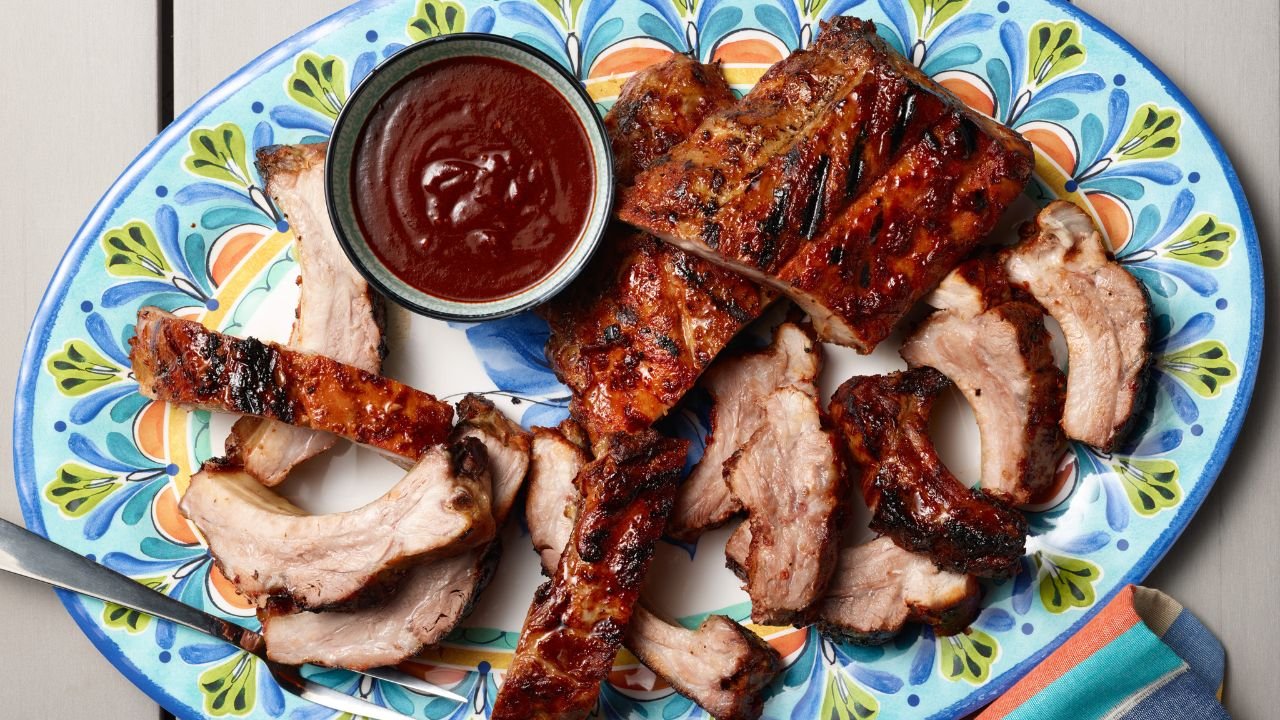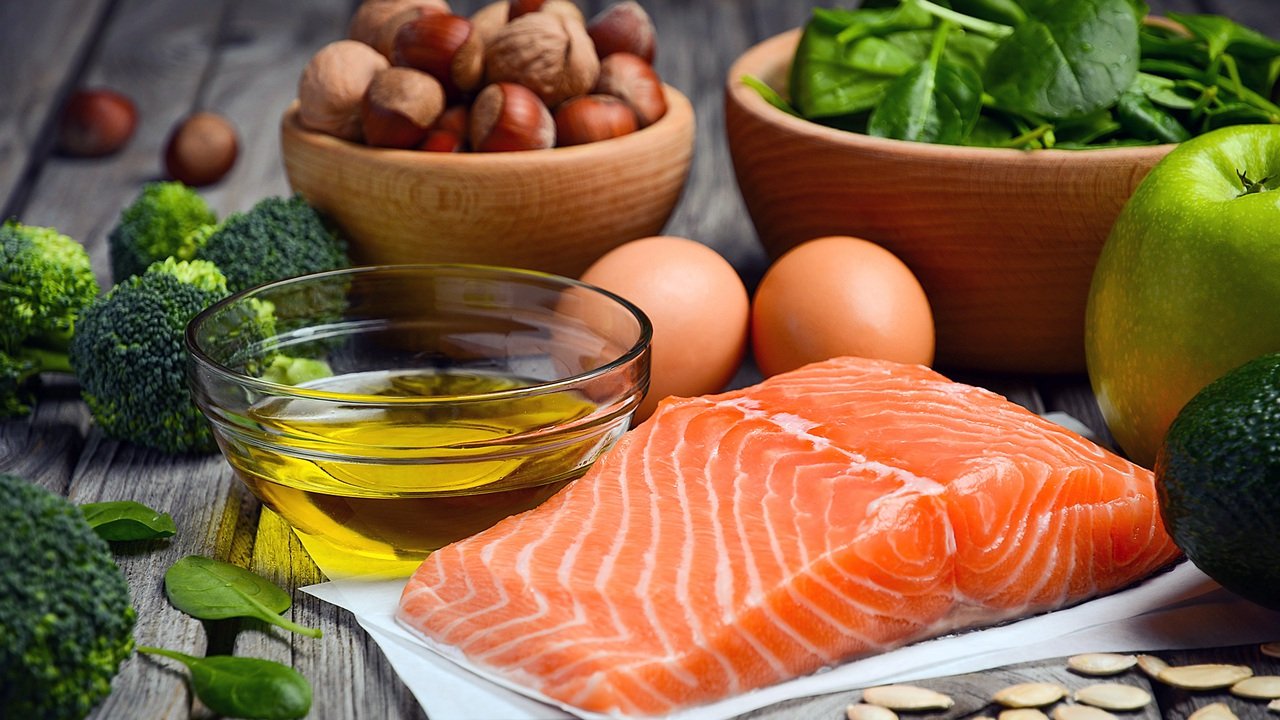Introduction
In today’s busy world, finding quick, nutritious, and delicious dinner options can be a challenge. The Sausage and Gnocchi Skillet offers the perfect solution—combining savory sausage, tender gnocchi, and vibrant vegetables into a single skillet that’s ready in just 20 minutes. This dish is not only time-efficient but also versatile, adaptable to various dietary preferences, and packed with flavor and nutrients.
Whether you’re a busy professional, a parent juggling multiple responsibilities, or simply someone who loves comforting yet wholesome meals, this recipe is designed to satisfy your cravings while maintaining a healthy profile. In this comprehensive guide, we’ll explore everything from ingredient choices and preparation tips to variations and nutritional benefits, ensuring you’re equipped to make this dish your new go-to dinner.
The Origin and Appeal of the Dish
While sausage and gnocchi might seem like an unlikely pairing, their combination in a skillet highlights the beauty of simple ingredients coming together in a hearty, satisfying meal. Gnocchi, a type of Italian dumpling typically made from potatoes, flour, and sometimes egg, have a soft, pillowy texture that complements the savory, seasoned sausage.
This dish’s appeal lies in its speed and simplicity. One skillet, minimal prep, and a delicious meal in under 30 minutes make it an ideal weeknight dinner. Additionally, it can be customized with different vegetables, spices, and protein sources to suit your preferences and dietary needs.
Ingredient Breakdown
1. Sausage
Types:
- Italian Sausage: Sweet or spicy, often pre-cooked or raw. Use chicken, turkey, or pork for a healthier option.
- Chicken Sausage: Leaner and lower in fat, available in various flavors.
- Vegetarian/Vegan Sausage: Made from plant-based proteins for a meat-free version.
Tips:
- Choose sausages with minimal additives and preservatives.
- Opt for leaner options to reduce saturated fat.
- Slice or crumble the sausage depending on texture preference.
2. Gnocchi
Types:
- Fresh Gnocchi: Often found in the refrigerated section; cooks quickly.
- Frozen Gnocchi: Convenient and equally quick to prepare.
- Dry Gnocchi: Usually packaged in boxes; requires boiling before adding to the skillet.
Preparation Tip:
- For a crispier texture, pan-fry the cooked gnocchi after boiling.
3. Vegetables
Adding vegetables enhances the dish’s nutritional profile and flavor complexity:
- Bell peppers (red, yellow, green)
- Spinach or kale
- Cherry tomatoes
- Zucchini or yellow squash
- Mushrooms
- Red onion
Use fresh or frozen vegetables; adjust cooking times accordingly.
4. Aromatics and Spices
- Garlic (fresh minced or powdered)
- Onion
- Red pepper flakes (for heat)
- Italian herbs (basil, oregano, thyme)
- Salt and pepper
5. Liquids and Fats
- Olive oil or avocado oil for sautéing
- Chicken or vegetable broth (optional, for added flavor)
- Parmesan cheese (optional, for serving)
Equipment Needed
- Large skillet or sauté pan
- Pot for boiling gnocchi
- Knife and cutting board
- Wooden spoon or spatula
- Measuring spoons and cups
Step-by-Step Preparation
1. Prep the Ingredients
- Slice the sausage into rounds or crumble if using raw.
- Chop vegetables into bite-sized pieces.
- Mince garlic and prepare any herbs.
2. Cook the Gnocchi
- Bring a large pot of salted water to a boil.
- Add gnocchi and cook until they float (about 2-3 minutes for fresh or frozen).
- Drain and set aside.
Tip: For extra flavor, toss the cooked gnocchi in a little olive oil and set aside.
3. Cook the Sausage
- Heat olive oil in the skillet over medium heat.
- Add sausage slices or crumbles.
- Cook until browned and cooked through, about 5-7 minutes.
4. Add Vegetables and Aromatics
- Push sausage to the side of the skillet.
- Add onions, garlic, and vegetables to the skillet.
- Sauté until vegetables are tender, about 5 minutes.
5. Combine and Simmer
- Add cooked gnocchi to the skillet.
- Mix everything well.
- Season with herbs, spices, salt, and pepper.
- Optional: add a splash of broth or water to create a light sauce.
- Cook for an additional 2-3 minutes to meld flavors.
6. Serve
- Garnish with freshly grated Parmesan cheese and chopped basil or parsley.
- Serve hot directly from the skillet.
Nutritional Benefits
This dish offers a balanced combination of macronutrients:
- Protein: From sausage, supporting muscle repair and satiety.
- Carbohydrates: Gnocchi provides energy and fullness.
- Fats: Healthy fats from olive oil and sausage.
- Vitamins and Minerals: Vegetables contribute vitamins A, C, K, and minerals like potassium and magnesium.
Health Tips:
- Use lean sausage options or chicken/turkey sausage to reduce saturated fat.
- Increase vegetable content for fiber and antioxidants.
- Opt for whole-grain or sweet potato gnocchi for added fiber.
Variations and Dietary Adaptations
Vegetarian/Vegan Version
- Substitute sausage with plant-based sausage or tempeh.
- Use vegan gnocchi made without eggs or dairy.
- Enhance flavor with smoked paprika, nutritional yeast, or plant-based cheese.
Gluten-Free Version
- Use gluten-free gnocchi made from alternative flours like rice or chickpeas.
- Ensure sausage and other ingredients are gluten-free.
Spicy Version
- Add extra red pepper flakes or hot sauce.
- Use spicy sausage varieties.
Low-Sodium Version
- Choose low-sodium sausage options.
- Limit added salt; rely on herbs and spices for flavor.
Tips for Success
- Timing: Prepare all ingredients beforehand to streamline cooking.
- Cooking Gnocchi: Do not overcook; floating gnocchi are perfect.
- Searing: For extra flavor, pan-fry cooked gnocchi until golden.
- Flavor Boost: Finish with fresh herbs and a squeeze of lemon juice for brightness.
Serving Suggestions
- Pair with a simple green salad dressed with vinaigrette.
- Serve alongside roasted vegetables or garlic bread for a more substantial meal.
- For a complete meal, add a side of steamed greens or a light soup.
Storage and Reheating
- Store leftovers in an airtight container in the refrigerator for up to 2 days.
- Reheat in a skillet over medium heat, adding a splash of broth or water to revive moisture.
- Gnocchi may become softer upon reheating; for a firmer texture, briefly pan-fry.
Final Thoughts
The Sausage and Gnocchi Skillet is a testament to how wholesome, flavorful meals can be whipped up in a flash. Its flexibility allows for endless customization, ensuring everyone at the table can enjoy a dish tailored to their tastes and dietary needs. By using quality ingredients, balancing flavors, and employing simple cooking techniques, you can create a comforting yet healthy dinner that’s both satisfying and nourishing.



